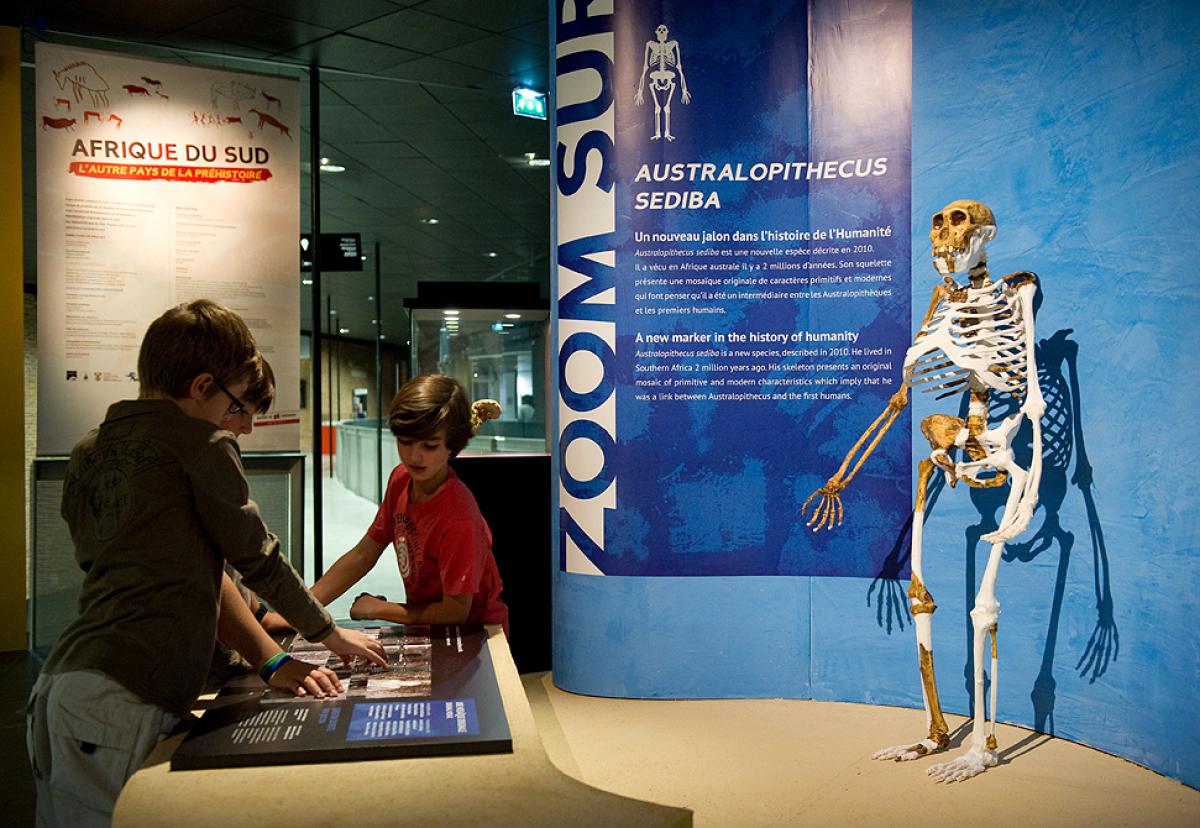How well do you know your relatives? How about your ancient relatives? Thanks to fossil finds, scientists now know a lot more about our ancient human relative, Australopithecus sediba.
The species was first discovered in 2008 in South Africa, when fossils from two individuals were found and dated to be approximately 2 million years old. Since that time, researchers have discovered more lumbar vertebrae from one of these individuals’ lower backs. They’ve nicknamed the fossil skeleton Issa. Issa is one of the most complete skeletons of an ancient hominin ever found, and her lower back is in the running for the best-preserved hominin lower back we have. Researchers have been able to use these vertebrae to figure out a lot more about how this ancient human relative lived.
Like humans, Australopithecus sediba had only five lumbar vertebrae. Previous research on Issa’s less complete skeleton led to hypotheses that sediba had a relatively straight lower spine, rather than the more curved lumbar region of modern humans. This inward curvature of our lower spine is associated with bipedalism. The new vertebrae nearly completing Issa’s lumbar spine, however, show that this curvature in sediba was significant—more extreme than that of any other australopithecines we’ve discovered. While this shows that sediba likely walked on two legs, other features of the skeleton, such as the torso, show that the species was still very well adapted to climbing. Sediba probably walked more or less like a human, but could still climb trees as well as any ape. When it comes to getting around, maybe Issa had the best of both worlds.










